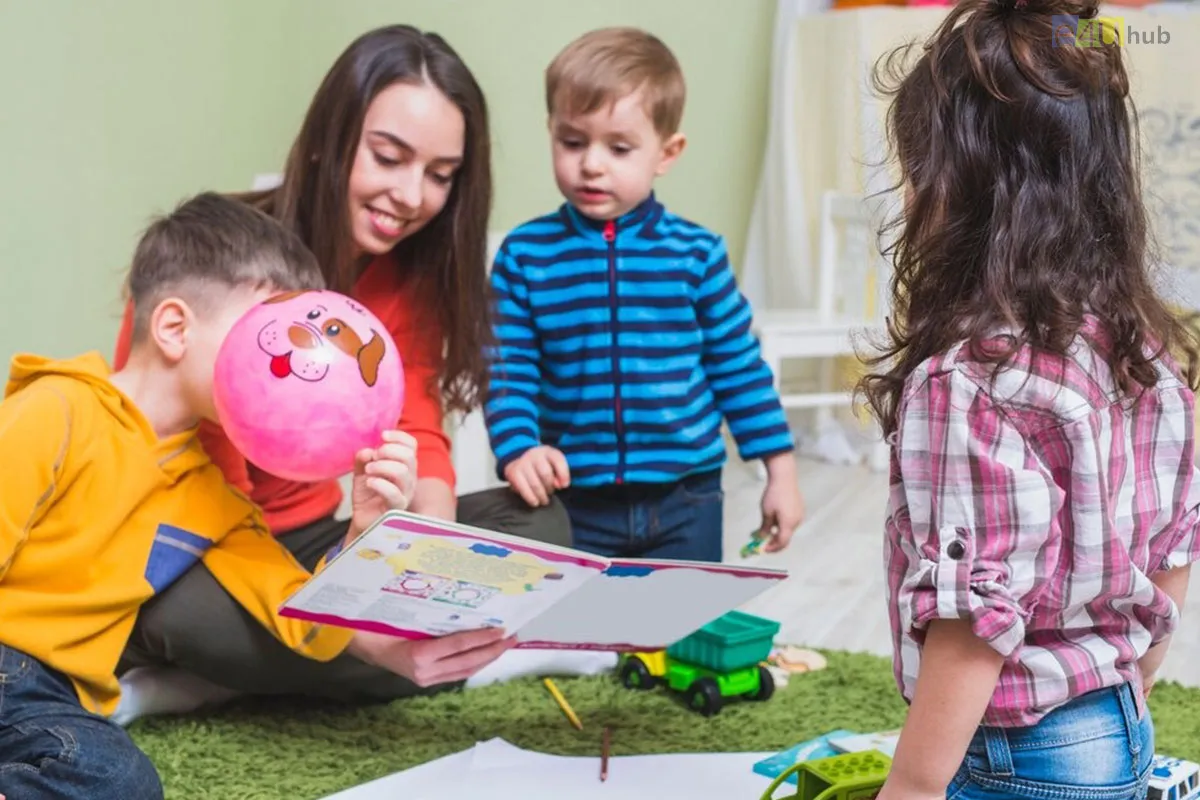
4 Ways to Encourage Children to Listen in Class
- 02 Dec, 2023
- Education
- 405 Views
- 0 Comments
Helping children develop good listening skills is crucial for their academic success. Here are four easy ways to encourage children to listen in class:
1. Create a Positive Learning Environment:
a. Welcoming Atmosphere: Foster a classroom environment that feels safe and welcoming. When children feel comfortable, they are more likely to engage and listen.
b. Positive Reinforcement: Use positive reinforcement strategies, such as praise and encouragement, to recognize and reward attentive behavior.
2. Interactive Teaching Methods:
a. Engaging Activities: Plan interactive and engaging lessons that capture children's interest. Hands-on activities and group discussions make learning more enjoyable and keep students focused.
b. Visual Aids: Incorporate visual aids, charts, and multimedia presentations to complement verbal instructions. Visual cues can enhance understanding and retention.
3. Establish Clear Expectations:
a. Set Clear Rules: Communicate classroom expectations regarding listening and participation. Children thrive when they know what is expected of them.
b. Use Visual Reminders: Display visual reminders of listening expectations in the classroom. Simple charts or posters can serve as visual cues for attentive behavior.
4. Encourage Active Participation:
a. Ask Questions: Encourage children to participate by asking questions related to the lesson. This promotes active listening as students know they might be called upon to share their thoughts.
b. Incorporate Student Interests: Relate lessons to students' interests whenever possible. When children see the relevance of what they are learning, they are more likely to stay engaged.
Remember, each child is unique, and different strategies may work for different individuals. By creating a positive and interactive learning environment, setting clear expectations, and actively involving children in the learning process, educators can foster a habit of attentive listening that benefits children both inside and outside the classroom.















Leave a Reply